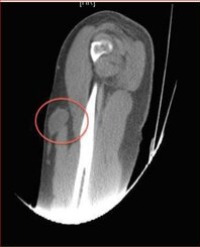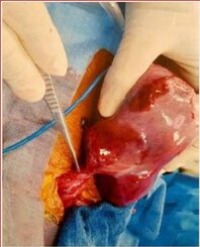
A-Complete Pathologic Response of Triple Negative Invasive Ductal Carcinoma and Inflammatory Breast Cancer Following Neoadjuvant Chemotherapy
Neoadjuvant chemotherapy is a mainstay in therapy for Triple Negative Breast Cancer (TNBC) and is found to decrease the nodal metastasis of the disease prior to surgical excision. Triple negative breast cancer is typically aggressive with rapid growth and poor outcomes, having high recurrence rates as well as short intervals from recurrence to death. Chemotherapy is the only systemic treatment available for TNBC patients. These patients that are treated with neoadjuvant chemotherapy successfully and attain a complete pathological response demonstrate improved survival. Inflammatory Breast Cancer (IBC) is also typically very aggressive, and rare, accounting for only 1-6% of breast cancers diagnosed in the United States. Inflammatory breast cancer is a clinical diagnosis and is typically hormone receptor negative, and HER2 positive [1]. This case presentation is that of a combination of rare, aggressive breast cancers which obtained a complete pathological response to neoadjuvant chemotherapy.
Alice A. Higdon¹, Rajiv V. Datta¹, Robert Amajoyi¹, and Eric Seitelman¹*




